What exactly is training?
What are we looking to accomplish?
What is beneficial about training for the horse, and how has this personal interaction between person and horse changed over time, branching into numerous methodologies, sometimes with rigid dogma and an almost cult-like following?
An entire course could be developed just on this subject alone, as the topic of horse training has a rich history filled with personal stories and the intertwining of cultures, beliefs about horses, available knowledge, and necessities of life.
In this article we will explore the history of training as it relates to us now—modern riders trying to sort through the noise and do what’s best for our horse.
Training was, and in many cases still is, about getting the horse to perform a job for us. In the early days of domestication, it is suspected the horse was first an animal for meat, and in that use they could have been managed in groups, as sheep, goats, and cows still are today.
But when the horse’s utility as a beast of burden was discovered, when they started pulling plows and carrying packs, when they were hitched to wagons, and of course, when the first rider jumped astride, “training” had to become personal.
No one knows what those first “trainers” were like, what techniques they employed, or if they were gentle or harsh. Through history, and in training, there have been two main ways in which the horse is viewed. These are not training methods, but the belief and value system of the person that guides the methods and techniques they use.
The first is that the horse is a tool to be mastered and used. His worth, even a prized horse, is because of his utility, not because of any deeper worth. When the horse is viewed as a tool, then harsh, even cruel training, is justified because the goal is simply to “get him to do it.” How the horse feels about doing it is not considered.
In the second way of viewing horses, the horse is seen as a sentient being to be understood and worked with. He may still have a job to perform, but that job is secondary to his welfare, his happiness. The horse is seen as an individual with thoughts and emotions, not merely a tool.
In this view, how the horse feels about what he is doing matters. We may think of the horses used as beasts of burden, performing hard physical work, as being viewed as tools, and in many examples this is the case. But it can be equally true for the most pampered of equines.
Even many top level sport horses, in racing, show jumping, or dressage, are still being trained with the “horse as tool” mentality with their worth solely dependent on their ability to perform, and their emotional health secondary to that performance.
Growing up in Southeastern Pennsylvania, surrounded by the Amish who use horses to work their fields and to pull buggies for the family’s transportation, I have seen firsthand how horses can be seen as tools, there to do a job. But I have also seen horses in this community that were valued beyond their job, with owners who cared about their horses’ happiness and well-being, not just their physical ability to work.
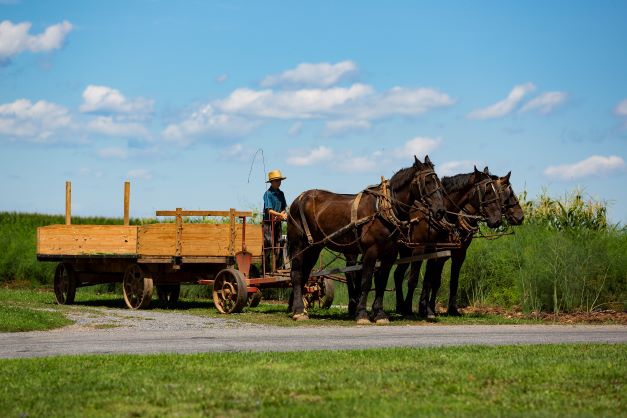
I have also seen these different views present in competition barns, where some view horses as there only to perform, praised and even “loved” for their breeding, their beautiful movement, their flashy markings. But when the horse is no longer able to perform, if they break down physically or if they prove too difficult in training, the “love” expressed for these horses also breaks down and they are quickly moved on, an equally flashy, talented horse is there to take their place.
In these competition barns I have also seen the opposite. For example, in a show jumping stable, the most talented horse was allowed to simply do trail rides because it was clear “he doesn’t like jumping that much.” In this case, the effort was to understand this horse and see his value as he was.
As you consider training methods, and the practitioners of those methods, look for more than just the method. Look for how the horse is seen through that training and what is motivating the training. Is the horse a tool or is he a sentient being? Observe what is actually happening between horse and person, and be aware of flowery language that may only be deceiving.
There is classical horsemanship that ends with light cues and develops superb movement from the horses, and at first glance appears beautiful, but looking deeper, the horse is a tool to that trainer.
There is natural horsemanship that speaks of partnership and connection and respect, but “behind the barn” demands only submission. And there are the most traditional of horsemen, who came from generations where the horse was working fields, sorting cattle, or performing some other kind of daily work, where we may think “these horses are tools.” Yet we can find the most kind, gentle, and genuinely caring horseman here too.
There are stereotypes in training methods, there are trends, but there are just as many exceptions. Once again, it is necessary for us to see what is in front of us. In the end, training should be about communicating with the horse.
Communicating what we need from the horse, and equally listening to what they need from us. Training is teaching, and teaching done well can build a relationship. It can expand what is possible for teacher and learner. It can help our horses understand the world they are in with us, and work within that world.
Thankfully, despite the slew of techniques that are taught and presented, when we understand the science of learning itself, the smoke and mirrors of “techniques” begin to lift.
See you in the comments!
Callie
p.s. This article is shared from the textbook for my Balanced Riding Course. Click Here to learn more about the course.
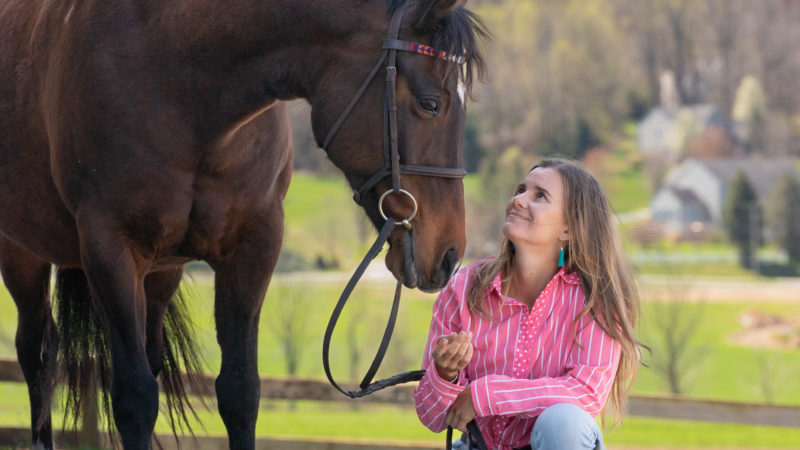
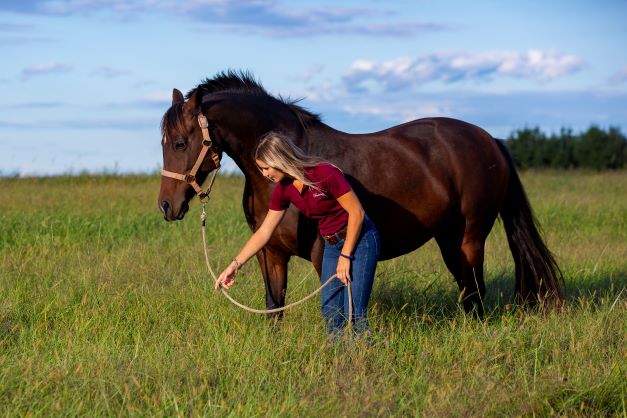
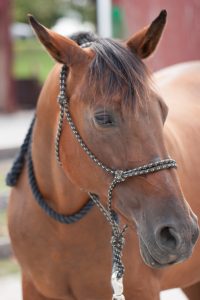
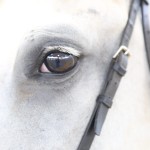
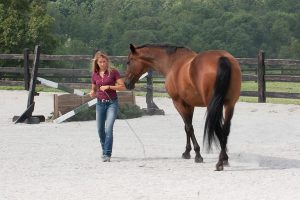










3 Responses
Had a difficult time this morning. First, Choco didn’t like having Jeremy cleaning his stall and me in the stall at the same time. I immediately knew what was going on. He’s a very cautious horse with the only vice – spooking in place. Just Jeremy opening the velcro on his glove set him off. I noticed when I finally walked him out he was very anxious. He’s usually a quiet horse but he started calling to the herd. He pawed the air while I groomed him. When he started moving around while trying to saddle him I was done! Probably when I was finally riding he would have redeemed himself but he had put me in such a bad mood that I just turned him out. After 13 years I think I know this horse inside out. He has his moods – some days he is so loving and affectionate. Today something was bothering him. I use Equispot so he has no tick bites. He’s do to be wormed next week so it’s not that. I personally feed him every day. He’s on Nutrena Safe Choice – low on starch and sugar. He’s on Cosequin for his joints. His water bucket is cleaned every day. I use DZP to counter the ammonia in his stall. I have no clue what could be bothering him. We have been riding by ourselves for the last 6 months since my friend’s accident. I don’t like to trail ride by myself (too old!). I may try to join a trail ride going out on Saturday just to get him out.
This is so frustrating since he is my best friend.
I would suggest not keeping him in a stall since it sounds like he is perfectly healthy. Remember the 3 f’s: Freedom, friends and forage.
I love your thoughtful views on training, and that is why I have been a member of Horseclass for so long. Your empathetic and thoughtful approach to horses and human beings resonates with me. I have taken many of your courses, and one of the highlights of my journey was meeting you and Angelo Telatin in person. Keep up the wonderful work and thanks for letting me participate all these years.
My best,
Brooks and Blanco